Ford Focus Estate (2011-2018) review
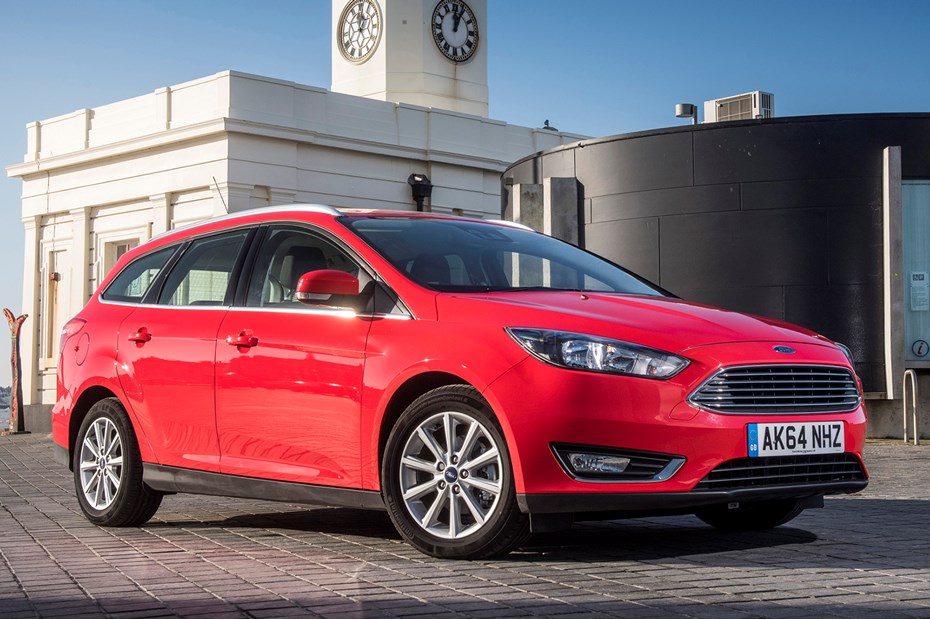
At a glance
| Price new | £17,370 - £28,285 |
|---|---|
| Used prices | £1,007 - £11,118 |
| Road tax cost | £20 - £215 |
| Insurance group | 6 - 26 |
Get an insurance quote with

|
|
| Fuel economy | Not tested to latest standards |
| Range | 532 - 968 miles |
| Number of doors | 5 |
| View full specs for a specific version | |
Available fuel types
Petrol
Diesel
Pros & cons
- Comfortable and compliant ride
- Good kit levels
- Practical all-rounder
- Performance of the ST version
- Steering lacks feel
- Residual values aren't fantastic
- Rivals more space efficient
Ford Focus Estate (11-18) rivals
Overview
Few mid-sized family estates are as entertaining to drive as the Ford Focus Estate.
Launched alongside its third-generation hatchback sister in 2011, the capacious wagon is pitched directly against the likes of the Vauxhall Astra Sports Tourer and Volkswagen Golf Estate – together with its SEAT Leon ST and Skoda Octavia Estate cousins.
Plus there are roomy rivals in the forms of the Hyundai i30 Tourer, Kia Ceed Sportswagon, Renault Megane Sport Tourer and Peugeot 308 SW to name but a handful.
Major mid-life refresh in 2014
Three-and-a-half years after its arrival, a major reworking of the Focus Estate was introduced. While it shared its more elegant nose – all the bodywork forward of the windscreen was new – with the hatchback, the rear end was largely left untouched, save for a tweaked bumper.
Inside the changes were more obvious, with an uplift in quality of the plastics used, as well as a larger 8.0-inch screen for the Sync2 multimedia package. The instruments and switchgear were also upgraded, making the Focus feel a little bit more special, albeit still lagging behind its VW rival.
No changes were made to the 476-litre boot capacity – it’s certainly more spacious and flexible than the Focus hatch, but the rear seats still don’t lie completely flat when folded.
Broad line-up of petrols and diesels
Unlike the hatchback, there’s no electric Focus Estate or a pumped-up RS model, but there are a brace of sporty STs among the selection of mainstream petrol and diesel choices.
Turbocharged petrols – or EcoBoost in Fordspeak – come in 1.0-, 1.5- and 2.0-litre capacities producing between 100hp and 250hp depending upon the model you choose.
That higher power output belongs to the ST models where the estate will reach 154mph, clocking a 0-62mph time of 6.5 seconds along the way.
Diesels are significantly more popular due to their efficiency: 1.5- and 2.0-litre TDCis are available with between 95hp and 185hp.
Opt for the 105hp Econetic version of the 1.5-litre for claimed economy figures of 83.1mpg and CO2 emissions of 88g/km, matching its hatchback equivalent.
Generously-equipped trim hierarchy
There’s a hierarchy of seven trim levels in the Focus Estate line-up, ranging from the entry-level Style model that does include air-con but not alloy wheels, through to the sporty ST-2 and ST-3.
Ford encompasses a large degree of relevant, everyday technology that makes the Focus safer and easier to use, with many of them standard. The blind-spot monitors indicator works effectively while the self-parking function and autonomous emergency braking are some of the easiest to use.



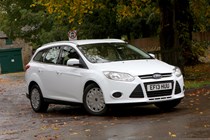
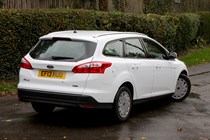
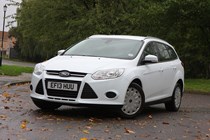
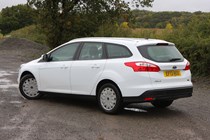
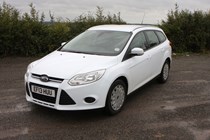
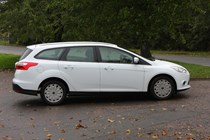
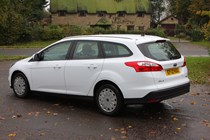
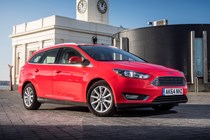
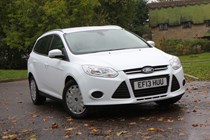
.jpg)
.jpg)
.jpg)
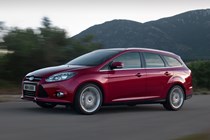
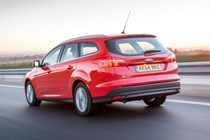
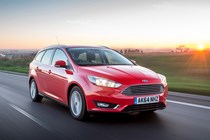
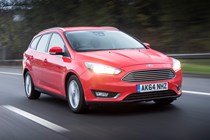
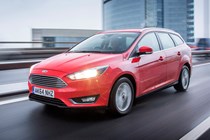
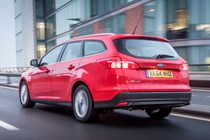
.jpg)
.jpg)
.jpg)
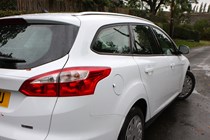
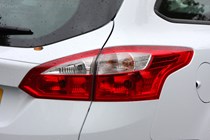
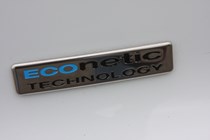
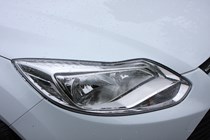
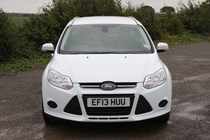
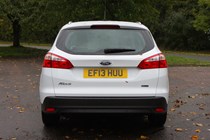
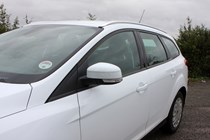
.jpg)
.jpg)
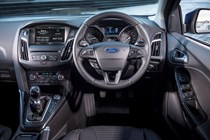
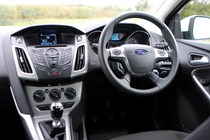
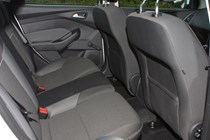
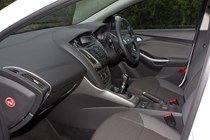
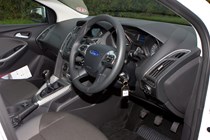
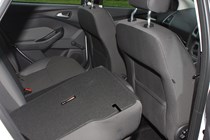
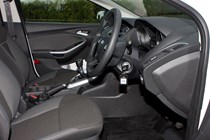
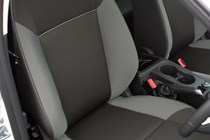
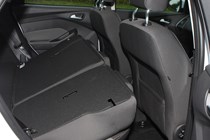
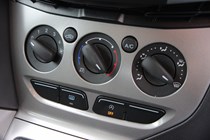
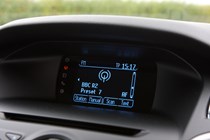
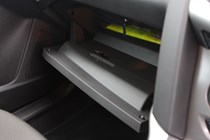
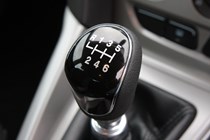
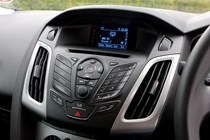
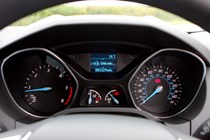

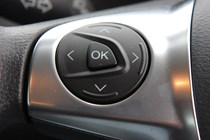
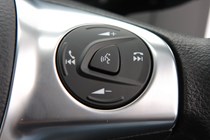
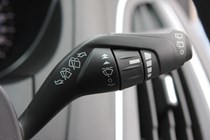
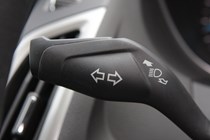
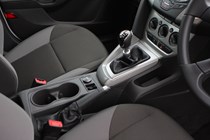
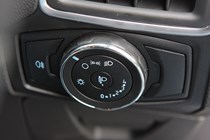
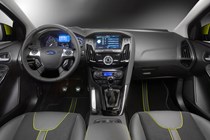
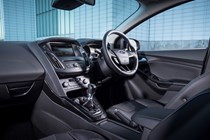

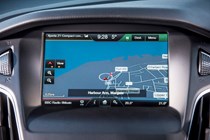
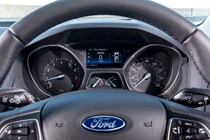
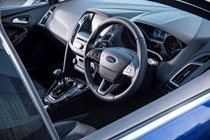
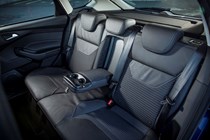
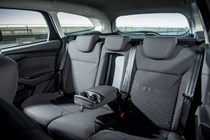
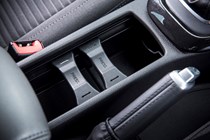
.jpg)
.jpg)
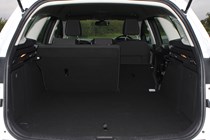
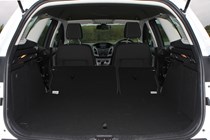

.jpg)
.jpg)
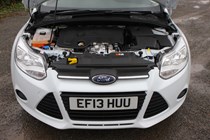
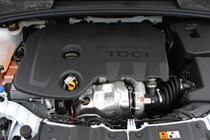
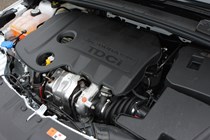
.jpg)
.jpg)
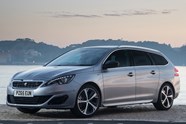
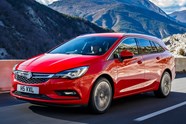
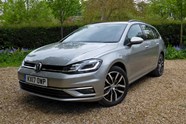










.jpg?quality=50)
.jpg?quality=50)
.jpg?quality=50)






.jpg?quality=50)
.jpg?quality=50)
.jpg?quality=50)







.jpg?quality=50)
.jpg?quality=50)































.jpg?quality=50)
.jpg?quality=50)



.jpg?quality=50)
.jpg?quality=50)



.jpg?quality=50)
.jpg?quality=50)